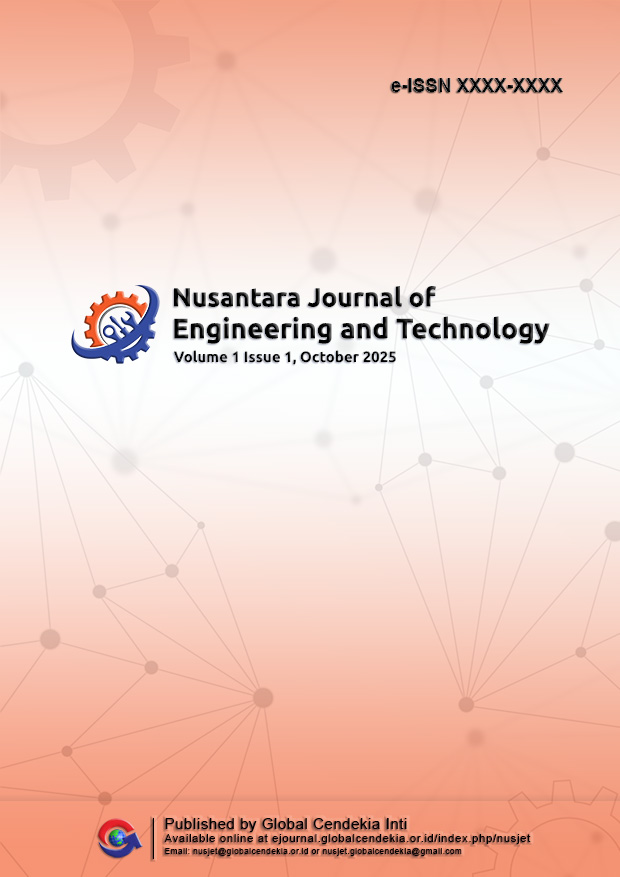Pengembangan Aplikasi Mobile untuk Manajemen Inventaris Menggunakan Teknologi Barcode
Keywords:
Inventory Management, Mobile Application, Barcode, SMEs, Retail Clothing, Cronbach’s AlphaAbstract
Inventory management is a crucial aspect of retail operations, particularly in the fashion sector where product variations are highly diverse. Manual recording processes often lead to issues such as delayed data entry, stock inaccuracies, and human errors. This study aims to develop a barcode-based mobile application to improve the efficiency and accuracy of inventory management at Vasted Store, a clothing retailer located on Jl. Arif Rahman, Kr Medain, Lombok. The system was developed using an Agile approach, employing Flutter as the framework and dual databases (Firebase and SQLite) to support both online and offline usage. The application’s core features include product data management, barcode scanning for inbound and outbound goods, inventory reporting, and multi-user access. Field testing was conducted over a four-week period, involving five store staff members and the store owner as administrator. A total of 250 clothing items were tested within the system. The results show that the application significantly improved data entry efficiency, reducing the average input time from 2 minutes 35 seconds (manual entry) to only 9 seconds per item (application-based entry). Error rates decreased from 8 errors per 100 transactions (manual) to only 1 error per 100 transactions (application). User satisfaction was measured using a Likert scale (1–5), yielding an average score of 4.66. Reliability testing of the questionnaire produced a Cronbach’s Alpha value of 0.873, indicating strong internal consistency. This study confirms that barcode-based mobile applications effectively enhance inventory management efficiency and accuracy, while also achieving high user acceptance. The practical contribution lies in demonstrating that simple digital solutions can significantly benefit small to medium-sized retail businesses, especially in the fashion retail sector. Future research directions include integrating the system with Point of Sale (POS) platforms, adopting QR Code technology, and applying the system to larger-scale retail environments for long-term evaluation.





